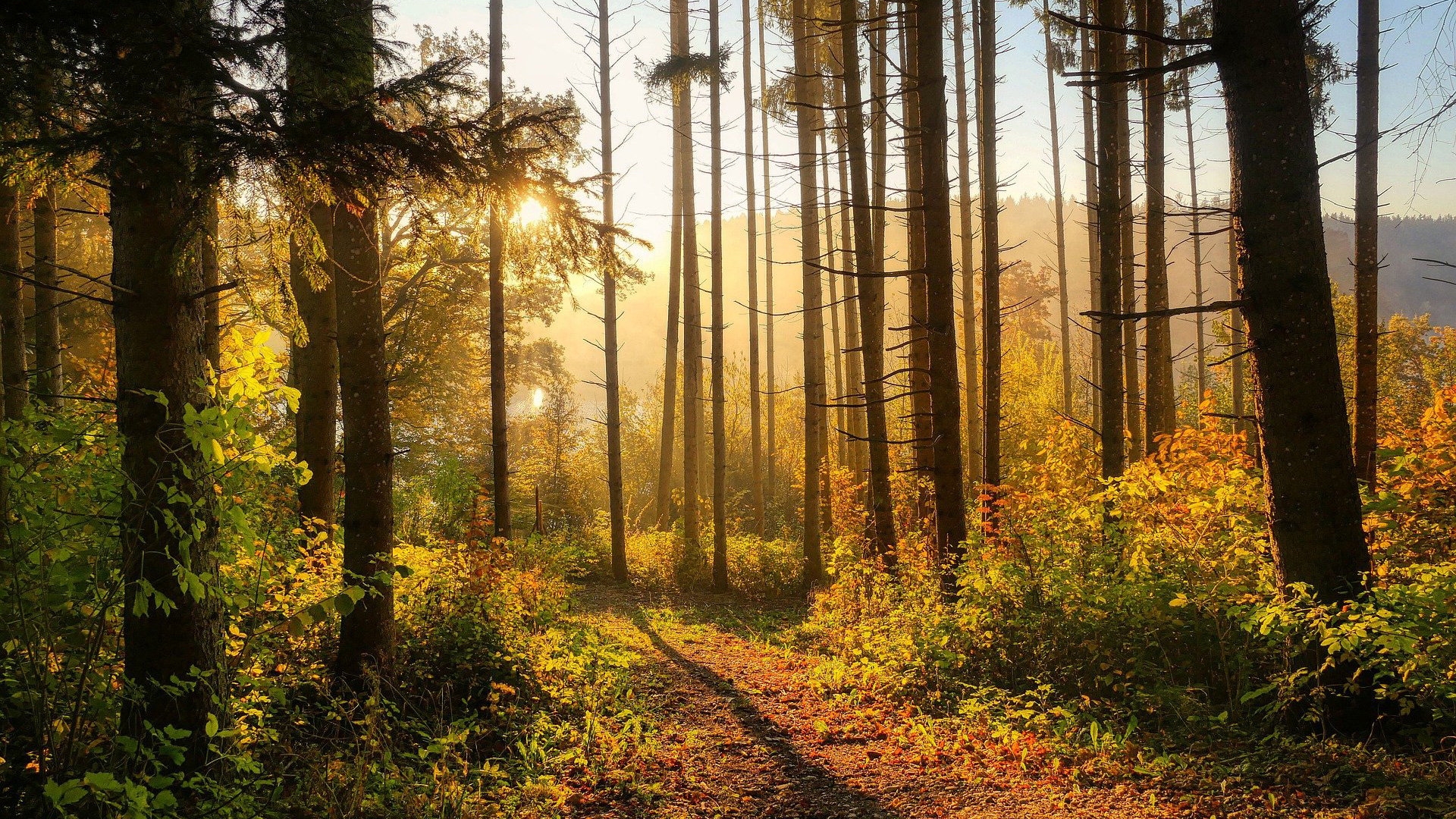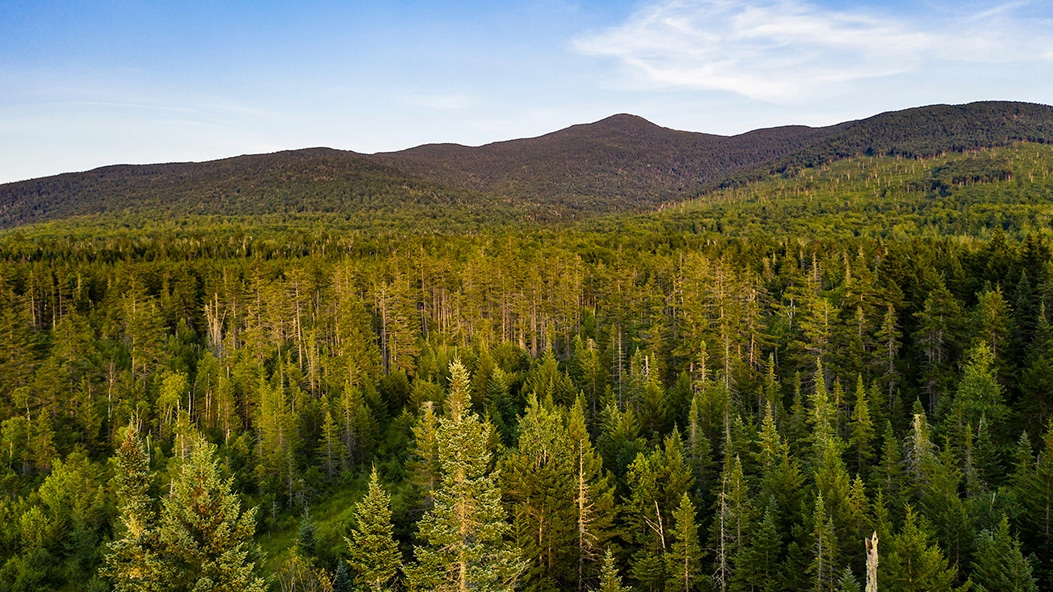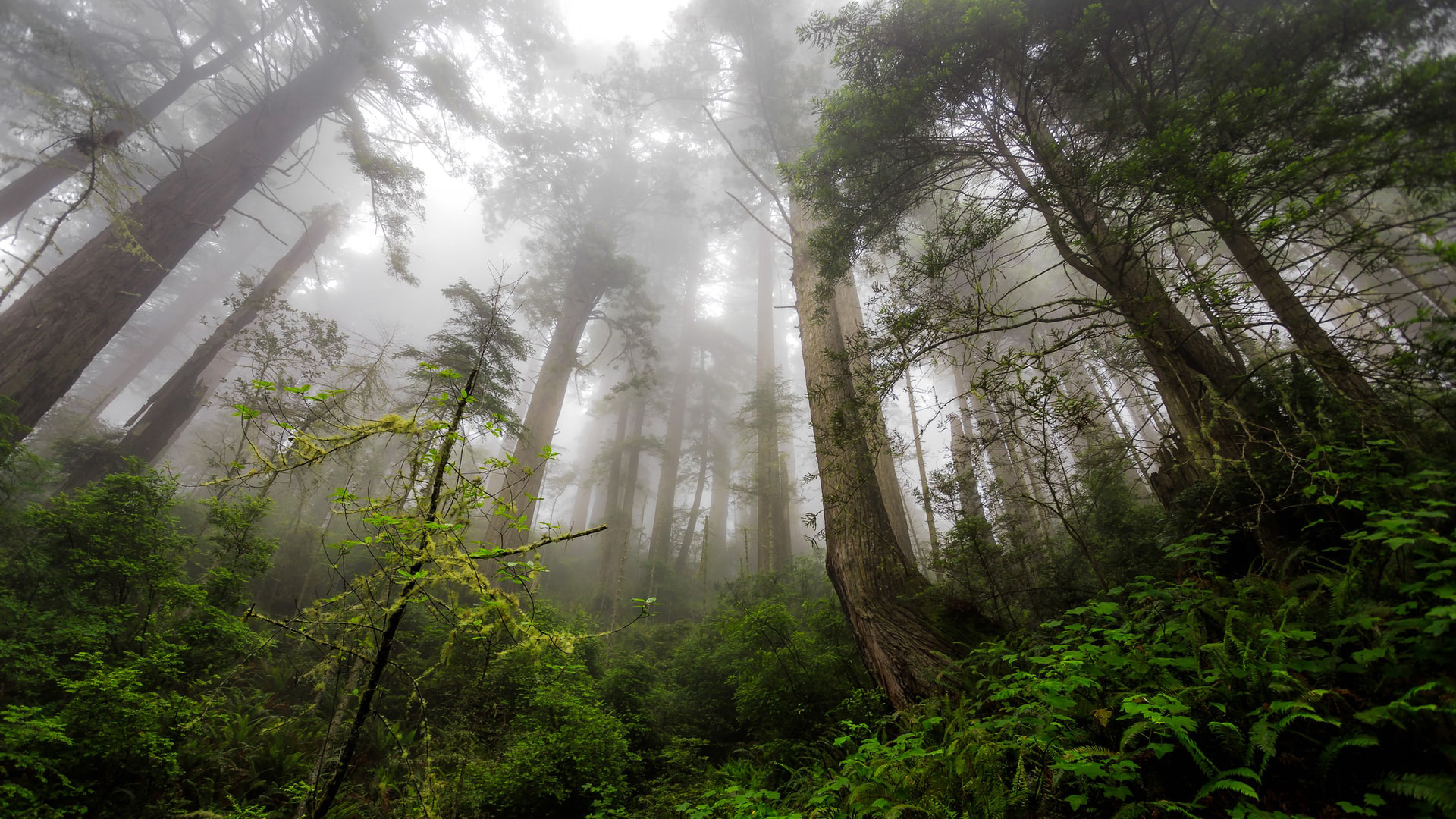“Save land. Strengthen communities. Create a healthier planet.”
– The Land Trust Alliance
Deep Dive on Conservation Easements
Creating win/win solutions for forests and private landowners
A powerful tool to preserve forests is the conservation easement. According to the National Conservation Easement database, “a conservation easement is a voluntary, legal agreement that permanently limits uses of the land in order to protect conservation values.” It is a legally binding agreement that lasts forever and pays you to not do certain things with your land in the service of conserving healthy forests.
This does not mean private property now belongs to the public or is under government control. The land remains under private ownership, often in a partnership with a land trust that holds the conservation easement and other parties who might help manage the land. Owners set the conditions governing how the land is used. Commercial activities like logging or agriculture can often continue as long as they are done sustainably, enhancing the conservation values of the land.
In practice, sustainable logging might mean leaving older trees standing and cutting the smaller growth, trying to maintain the structure of a healthy forest. For agriculture it might mean adopting a more holistic management approach, rotating cattle and crops on a seasonal basis or managing for native forests.
From an environmental standpoint, protecting forests contributes to reducing carbon dioxide emissions and healing the environment. From an economic standpoint, conservation easements can be a win for the multiple involved. Landowners keep their land, but get compensated for the rights they give up, either through tax breaks or cash payments.
According to Laurie Wayburn, CEO of the Pacific Forest Trust, “Both the easement and the land rights you retain have a value to them—a dollar for dollar value—which we don’t typically see anywhere else related to land ownership.”
Many landowners have deep emotional ties to the land and want to pass it down to their families. But financial circumstances might cause them to consider using that land for commercial activities such as commercial development, agriculture, or logging. The “secret sauce”, as Laurie says, is that you get paid for providing a public benefit with your land consistent with your desire to preserve and protect it.
Strategically targeting the right landowners — ideally those with larger tracts of lands in ecologically important areas — and convincing them to protect their land, whether via a conservation easement or other means, can make an outsized difference. This is critical for stitching together the patchwork quilt of America’s forests.
On the other end of the spectrum, 60% of family forest owners own less than 10 acres. If you are part of this group, you don’t need to work with land trusts like the Pacific Forest Trust. You can set up a conservation easement on your own or take other measures to protect and preserve your land.

What is a conservation easement?
A conservation easement protects and preserves the land.
“A conservation easement is a legal agreement between a landowner and an eligible organization that restricts the activities that may take place on a property in order to protect the land’s conservation values. Each easement’s restrictions are tailored to the particular property, to the interests of the individual owner, and to the policies and purposes of the easement holder. Also known as conservation servitudes and conservation restrictions, conservation easements are recorded as deed restrictions, and the restrictions apply to all future owners of the land. The right to enforce the restrictions is held by the easement holder. To understand the easement concept, think of owning land as holding a bundle of rights. A landowner may sell or give away the whole bundle of rights, or just one or two of those rights. The rights given away, sold, or otherwise transferred to the easement holder may include, for example, the right to construct buildings, to subdivide the land, to restrict access, or to harvest timber. By selling or donating a conservation easement, a landowner retains some rights and gives up others by deeding them to a qualified holder.
The specific rights a property owner gives up and retains when granting a conservation easement are spelled out in each easement document. The owner and the prospective easement holder first identify the conservation values of the property, and then decide which uses and activities need to be restricted to protect these values. When an easement is signed and recorded, the owner (also called the grantor) conveys the rights to enforce these restrictions to a qualified conservation recipient (also called a holder or grantee), such as a land trust, governmental agency, or historic preservation organization.”
– quoted from The Conservation Easement Handbook, Chapter 1
Conservation Easements on private properties include provisions to retain some or all of the forest on the property in a natural state. An easement that includes ‘Forever Wild’ language ensures that the forest in question will never be commercially logged, and it may allow for the forest to remain an old-growth forest, or recover to one day become an old-growth forest again.
Use this search to view the following types of Easements in your community; Jointly Held, Private, Local Government, State, Native American, and Federal.
RELATED ARTICLES:
Become a Climate Actionist
#climateactionist
One of the first things you do to start your Climate Actionist journey is connect with, engage with, and even join leading climate organizations. At The Copernicus Project, we are committed to only sharing information and resources from organizations, experts, companies, communities, and people that we have personally researched and trust. The following list is a great place to start. We’ve broken it out by category, so you can hone in on the things you are most interested in.
In the coming weeks and months, we’ll have more ways for all of us to be actively involved in finding and supporting nature-based climate solutions, so stay tuned and sign up below to get notifications when we publish new content.







